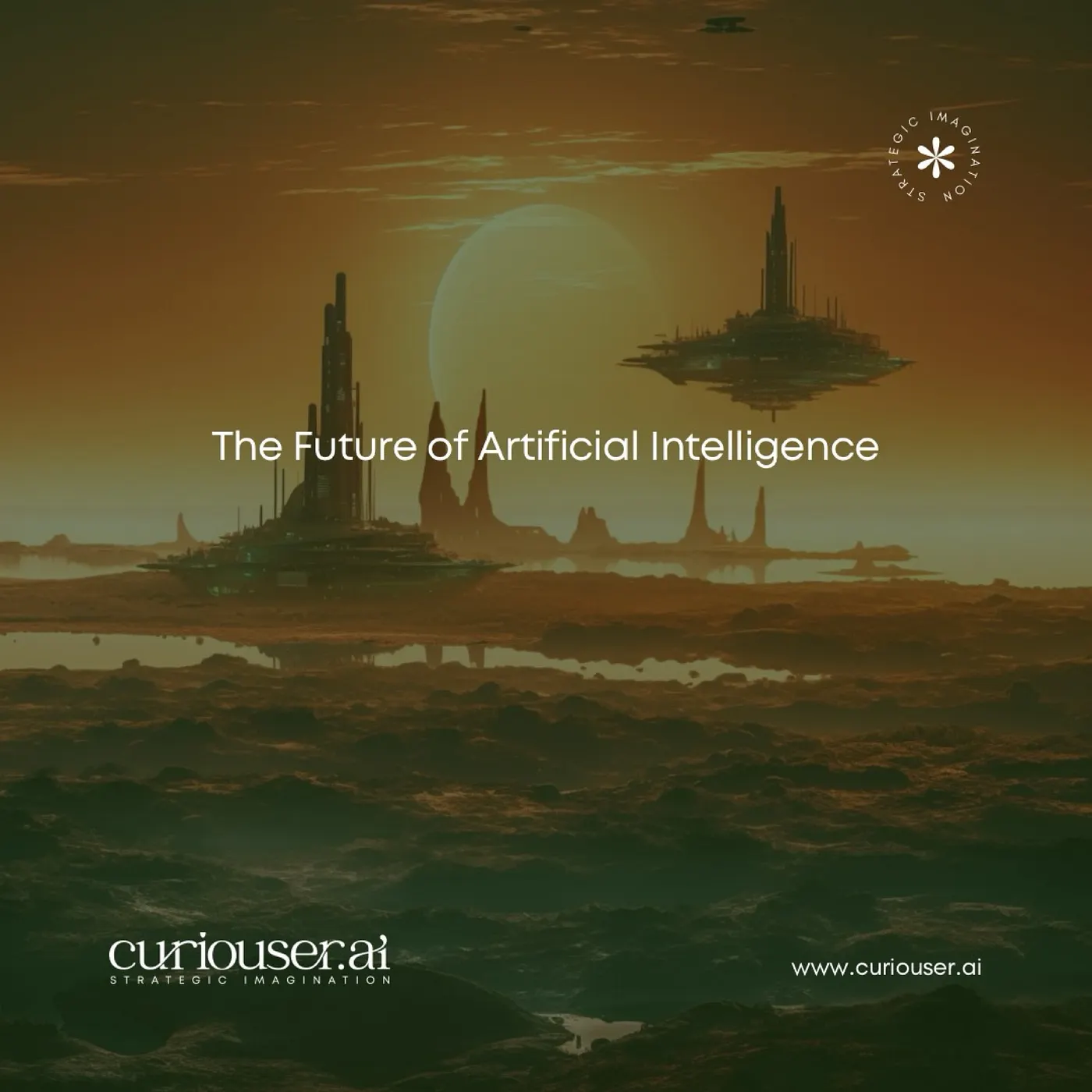

Steve Jobs once said: "You can't connect the dots looking forward; you can only connect them looking backward."
That wasn't just advice about life. It was a philosophy of innovation.
Jobs didn't build Apple by predicting the future. He built it by reinterpreting the past. He connected calligraphy to computing, Zen to design, and philosophy to product. He showed us that the greatest breakthroughs come not from racing ahead, but from slowing down to see connections no one else noticed.
And that's where today's Generative AI is falling short.
Prediction Is Useful, But It's Obvious
Most of today's AI is designed to look forward.
Predict the next word.
Predict the next click.
Predict the next transaction.
This predictive engine has power, it fuels autocomplete, recommendation systems, and generative models that can churn out content faster than humans ever could.
But prediction is linear. It follows the most probable path. It narrows toward the obvious.
And here's the paradox: auto-complete doesn't change the destination. It just gets us where we were already going, only faster.
If the direction is wrong, we arrive at the wrong place sooner. If the path is predictable, the result is predictable.
Speed without reflection is not innovation. It's acceleration of the ordinary.
Reflection Is Transformative
The real breakthroughs rarely come from prediction. They come from reflection.
Looking backward isn't about nostalgia, it's about discovery. It's about reinterpreting what already exists in ways we couldn't see before.
- A failed experiment reframed as a scientific discovery.
- A forgotten idea resurfacing in a new context.
- A childhood curiosity becoming the foundation of a career.
Jobs himself was a master of this. He didn't forecast trends. He connected unlikely dots from his past and reframed them into new realities.
That's the difference:
Prediction answers questions we never asked.
Reflection helps us ask better questions.
From Auto-Complete to Auto-Connect
If prediction is auto-complete, then reflection is auto-connect.
What if AI wasn't just designed to fill in the blanks?
What if it was designed to reveal connections?
- To surface hidden relationships across disciplines.
- To reinterpret "noise" in data as the seeds of new insight.
- To show us how ideas from the past might unlock future possibilities.
That's what we mean by Auto-Connect.
Jobs didn't change the world by forecasting it. He changed it by connecting the dots differently. Imagine an AI built with that same philosophy – less focused on predicting what's next, more focused on revealing what was always there, unseen.
The Opportunity: Meaning, Not Just Speed
Most AI companies today are in an arms race for speed, scale, and power. But speed and power without meaning is dangerous.
Jobs understood this deeply. His spiritual side: Zen Buddhism, Autobiography of a Yogi, taught him to strip away the unnecessary to find essence. He wanted technology to serve humanity, not the other way around.
An AI built in that spirit wouldn't flood us with more answers. It would help us find better questions.
Not an AI that makes us faster.
An AI that makes us deeper.
Not an AI that predicts the obvious.
An AI that connects the unexpected.
The Paradox of Progress
Perhaps looking back is more like asking questions, while looking ahead is more like answering questions that were never asked.
That paradox captures the blind spot in today's AI development. We're obsessed with the forward glance, with prediction, anticipation, acceleration. But the deeper progress might come from looking backward, from reflection, reinterpretation, and connection.
Prediction is linear. Reflection is transformative.
If Steve Jobs were alive today, I doubt he would be impressed by AI models racing to autocomplete faster. He would be asking a different set of questions:
- What if AI wasn't an auto-complete, but an auto-connect?
- What if AI helped us look backward more deeply, instead of only forward more quickly?
- What if AI's true value wasn't in speed, but in meaning? The future of AI won't belong to the companies chasing prediction at scale. It will belong to those willing to build systems of reflection, systems that illuminate, connect, and expand.
Written by Stephen B. Klein


